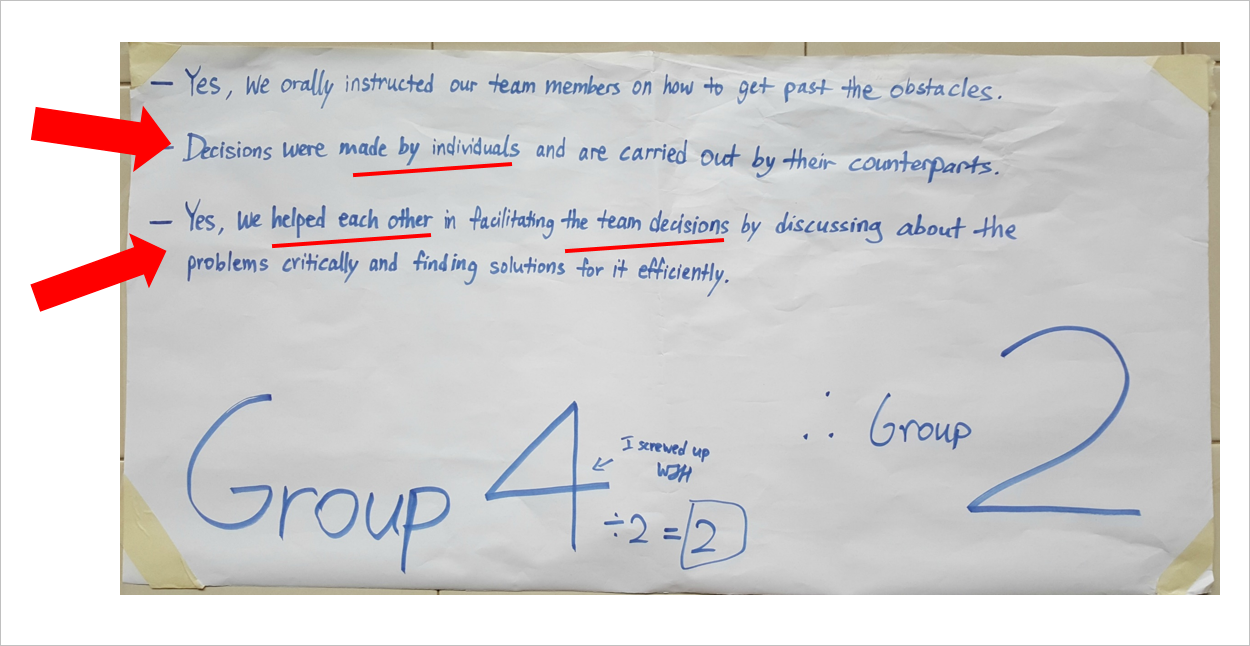Self-Organized Learning Environment & Child-Driven Education
Minimally supervised learning and computers in the slum areas of India; an idea that arguably inspired Slumdog Millionaire, the hit movie. The original concept of Sugata Mitra was Minimally Invasive Education, which has evolved into its current iteration of Self-Organized Learning Environment. Critics have labeled projects of such nature ones that “[d]ump hardware in schools, [and] hope for magic to happen.” Others are more scathing.
I feel we don’t have to assume that only one scenario is possibly realizable. That children are either destructivists (is there such a word?) or constructivists. Are children capable of teaching themselves? Can they learn on their own, unsupervised? Drawing from my learning experience and training, I connect Mitra’s beliefs with a core principle of Reggio Emilia educators. It is this:
“What children learn does not follow as an automatic result from what is taught. Rather it is in large part due to the children’s own doing, as a consequence of their activities and resources.” – L. Malaguzzi.
Reggio Emilia educators’ perception of a child (and mine too! I’ve blogged about this in an April 26, 2015 blogpost) is this:
A child who is competent, a child to whom we must offer many opportunities, so that each and every child can find possibilities for his or her individuality and subjectivity to be expressed, enriched, and developed. (Carla Rinaldi, President of Reggio Children Foundation).
I don’t have details about how Sugatra Mitra’s experiments are conducted. (His papers on his projects are published in a few journals and available under his Researchgate profile.) I’m more inclined to think that both scenarios can possibly happen. In their notes on pedagogical research, Vea Vecchi working together with the Project Zero team, documented that the young children (five- to six-year olds) they studied were capable of organizing themselves into groups to work together. Outside and beyond this study, can we say that other children are just as capable? No, learning conditions, provocations (in Reggio Emilia terms, provocations refer to prompts teachers use to extend the children’s ideas) and teachers (or lack of) differ. I would, however, be slow to say that all children are not capable of making the best of available resources.
Instead of teaching children to gain knowledge “just in case” they need them, Sugata Mitra advocates for “just in time” knowing. This is in line with what David Perkins is asking about what is worth learning in schools. Interest-driven learning is also an evidence-based pedagogical approach advocated by education scholars.
[E]ducation is [a] self-organizing system, where learning is an emergent phenomenon. – Sugata Mitra
There are a few things here I’m reminded again about learning and children.
- Don’t doubt that children can learn on their own with some minimal guidance. Sugata Mitra didn’t abandon the children without giving them any instructions. From what I understand, he provided some provocations.
- Learning scientists are questioning the role of teachers and what we should teach children, or not. HOW MUCH prior knowledge do learners need to have? WHAT sort of knowledge should they have at the minimum? In Italy, the children couldn’t understand Mitra but they translated his questions into Italian and googled for the answers.
- Instead of posing close-ended questions to students, we need to teach knowing of another kind. What do you think we should teach children these days? I have some guesses.


